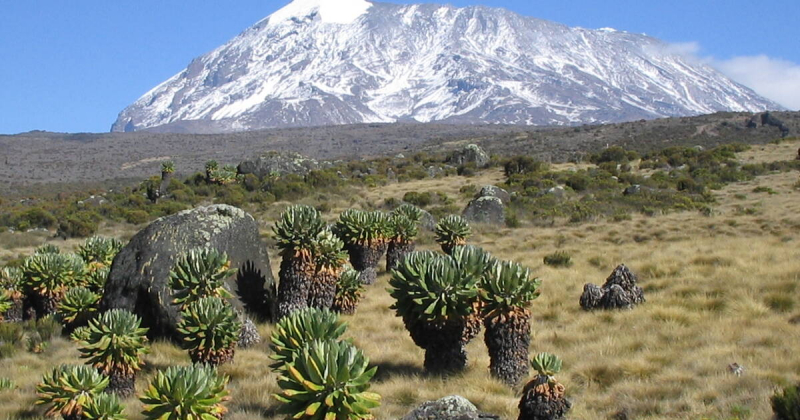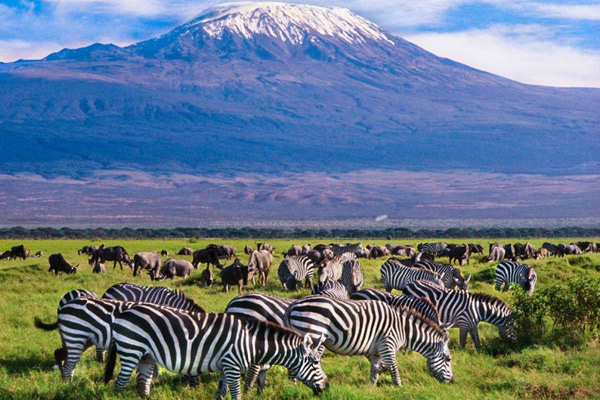Kilimanjaro National Park
The original boundaries of Kilimanjaro National Park, established in 1973, included the entire mountain above the tree line as well as six forest corridors that ran down through the montane forest zone. The main pressures at the time of inscription in 1987 affected mostly the forest reserve, which served as a buffer zone for the park. The World Heritage Committee proposed that the national park be expanded to incorporate more montane forest areas. The National Park now encompasses the entire mountain above the tree line, as well as the natural forest (montane forest) that was previously part of the Kilimanjaro Forest Reserve, and so meets the criterion for integrity. The National Park's expansion must be reflected in the property's limits.
Although the property is not inscribed concerning biodiversity standards, the wildlife on the resort is vital to the Kilimanjaro experience. At the time of inscription, elephant, buffalo, and antelope pressures, as well as logging in the Forest Reserve region, were identified as integrity problems. The park is connected to Amboseli National Park, although wildlife migration has been hampered by encroachment on corridors to Arusha National Park and Tsavo National Park.
Location: Kilimanjaro Region, Tanzania












